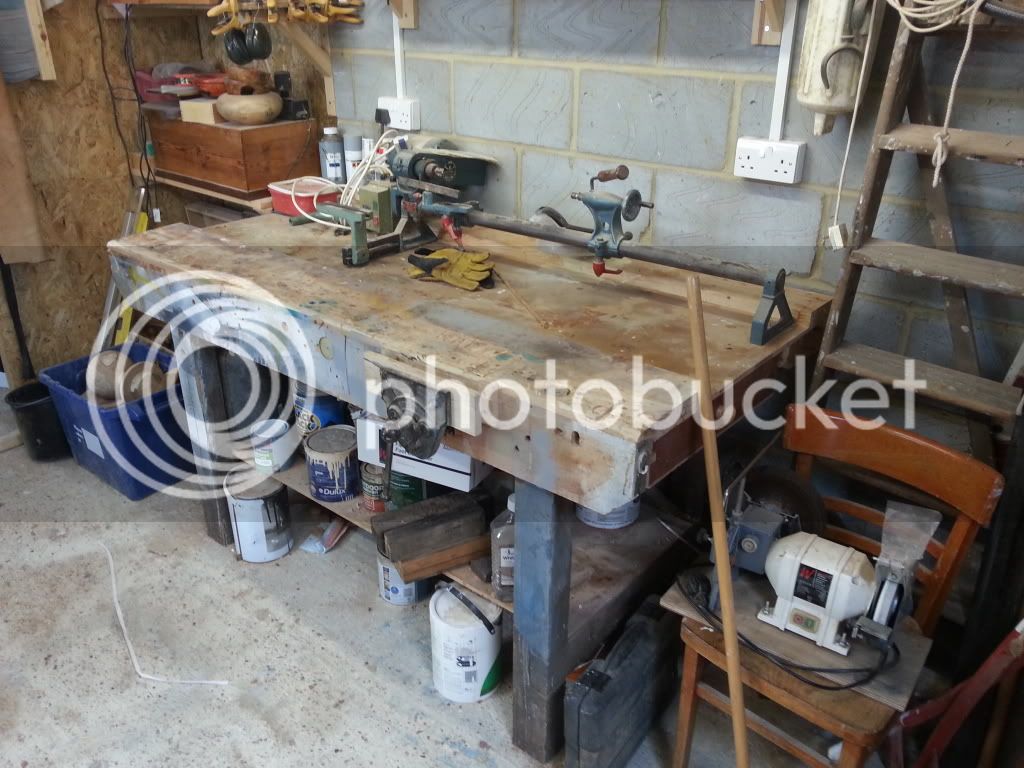I was lucky enough to do woodwork, and metalwork at school.
Unfortunately I stopped doing it after I left school and worked with computers instead.
It was around thirty years until I started doing some woodwork again.
It's a lot more satisfying to be able to see a physical result for your hours of work, and it doesn't disappear if there is a power glitch.
Unfortunately I stopped doing it after I left school and worked with computers instead.
It was around thirty years until I started doing some woodwork again.
It's a lot more satisfying to be able to see a physical result for your hours of work, and it doesn't disappear if there is a power glitch.







